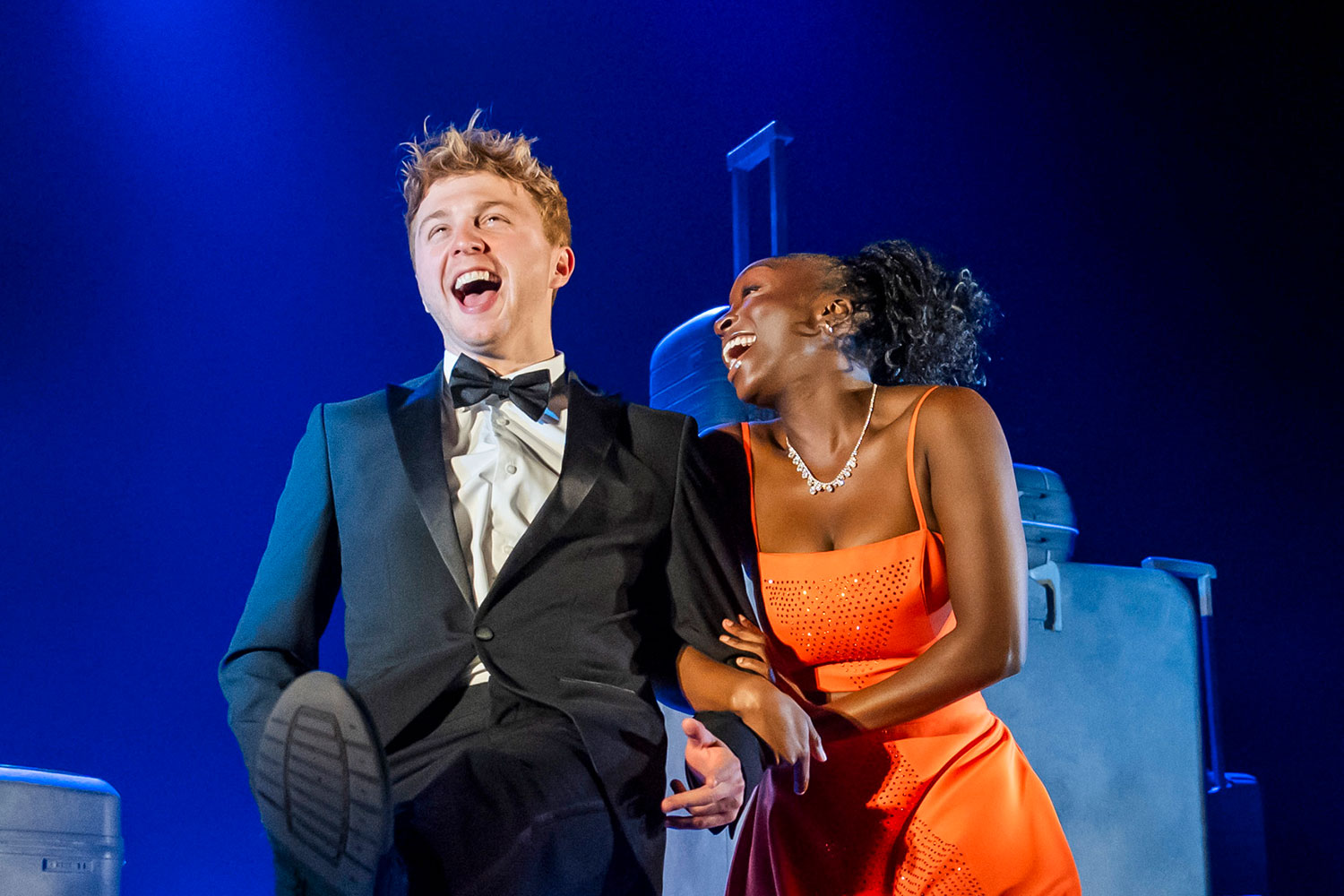Così fan tutte
When English National Opera announced their current season it was Abbas Kiarostami’s Così fan tutte that caught everyone’s eye. There was praise for the company’s imaginative programming, and hopes were high that the Iranian film director, known for his raw, documentary style, could shed fresh light on Mozart’s perennially popular but undeniably silly opera.
In the event, however, the shock of the new was the shock of the old. The cinema and lighting effects in this staging, which premiered at last year’s Aix-en-Provence festival, are ravishing at times but there is little to really engage or excite. It was perhaps Kiarostami’s absence from rehearsals (after visa issues the production was left in the hands of his assistant director, Elaine Tyler-Hall) that resulted in drama that was insipid rather than incisive.
Of course, Mozart can take some of the blame: while the romantic theme is timeless in a vague sense, his comedy of manners is hemmed within eighteenth-century parameters. The characters are subject to forces above their control, and make decisions that are beyond their own comprehension, and as such have always suffered from a distinct lack of identity. Momentum invariably lags through the tedious twists of subterfuge but this production certainly benefits from the cast’s relative youth.
There are no great revelations on stage – the guys are coltish and the girls are soppy – but it is a very watchable quartet. Musically, too, there is much to enjoy. Liam Bonner and Thomas Glenn, as Guglielmo and Ferrando respectively, gave fine performances and Fiona Murphy’s Dorabella was bright, if a little brassy. It was Susan Gritton, however, who garnered the greatest praise on the opening night, and deservedly so: her alluring soprano, taut and yet textured, was superbly deployed in the role of Fiordiligi. Stephen Page’s world-weary Don Alfonso and Sophie Bevan’s sweet-toned Despina provided admirable support.
And so to those all-important sets. Many will have expected something radical from Kiarostami’s video backdrop but it is used to enhance an otherwise conventional eighteenth-century setting: a subtly changing panorama of the Bay of Naples viewed through palazzo windows. There are surprising touches – scene changes are disguised by neon blue light (a droll reference to bluescreen techniques, perhaps) – but a video link that projects the orchestra onto the back wall for the finale is ultimately wasted wit.
The orchestra, under Stefan Klingele’s baton, gave a crisp and dynamic account of the score, but although the musicianship – and, let’s be fair, the production on the whole – is accomplished, one can’t help but leave a little disappointed.
– Laura Battle










